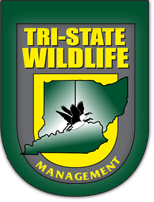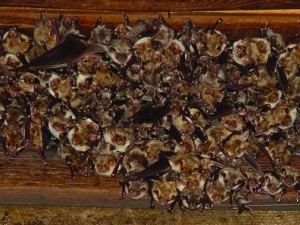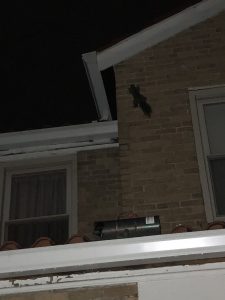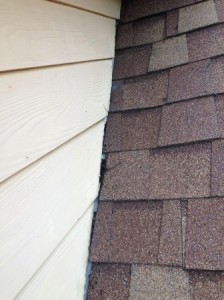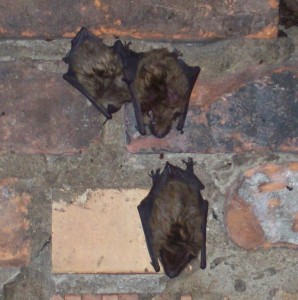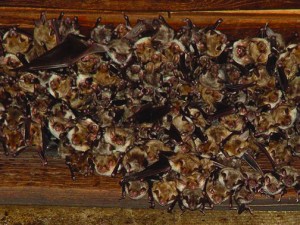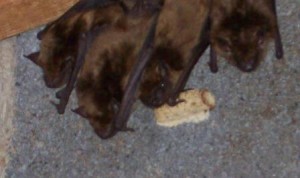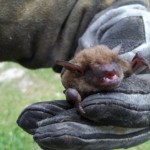There is nothing more disturbing than discovering you have bats roosting in your attic or other areas of your home uninhabited by humans. Whether you hear them rustling throughout the night, or have encountered one that has mistakenly found entrance into your home, you want nothing more to have them gone and not a moment too soon. You Google, “How to get rid of bats in my house,” and a list of “do it yourself” solutions flood your page. You’re bombarded with information. You are not a biologist, you do not know your local wildlife laws, you are not a carpenter, and now you’re scared of contacting some zoonotic disease. Its now approaching midnight and you stumble back to bed ready to tackle the situation in the morning. Morning comes too soon because you had a restless nights sleep and you start reading about mothballs, mylar balloons, strobe lights, essential oils, and much much more. Unfortunately, as creative as the do it yourselfers get, they are very wrong when it comes to ridding your home of bats. The only way to effectively, and legally exclude bats from your home is to hire a seasoned professional even if you consider yourself more than handy. Tri State Wildlife is your go to company for all of your wildlife exclusion needs 859-635-0037.
The number one reason to hire a professional for getting rid of bats is peace of mind. Tri-State Wildlife’s technicians are thoroughly trained in bat eviction/venting procedures and educate their customers regarding the best solution to rid their property of a bat invasion. The process starts with a detailed inspection of the property designed to identify structural defects, as well as current and potential bat entry points that lead into the interiors of the structure. Even if you know where the bats are entering most bat colonies have multiple entrances into your home as well as areas that could easily be established as an entrance. The inspection is intended to assist in the evaluation of the overall bat colony within the building and offer our clients the best possible approach. In addition, to our detailed inspection Tri State Wildlife is more than happy to help put our customers minds at ease.
In addition to removal/exclusion services, Tri-State Wildlife also offers full and partial attic cleanouts. Tri State Wildlife employees are trained in safe and effective methods of removing bat guano and contaminated insulation. Due to the risk of exposure to diseases such as histoplasmosis proper protective gear and equipment is vital to a safe and effective cleanout.
If you or someone you know is experiencing a problem with bats in their home or structure give Tri State Wildlife a call today, 859-635-0037. Late winter/early spring is a great time to get started on the bat eviction process. Warm weather has been sporadically infiltrating the tri-state area the past couple of weeks so use it to your advantage to become one of the firsts in the area to rid your home of bats this season.
